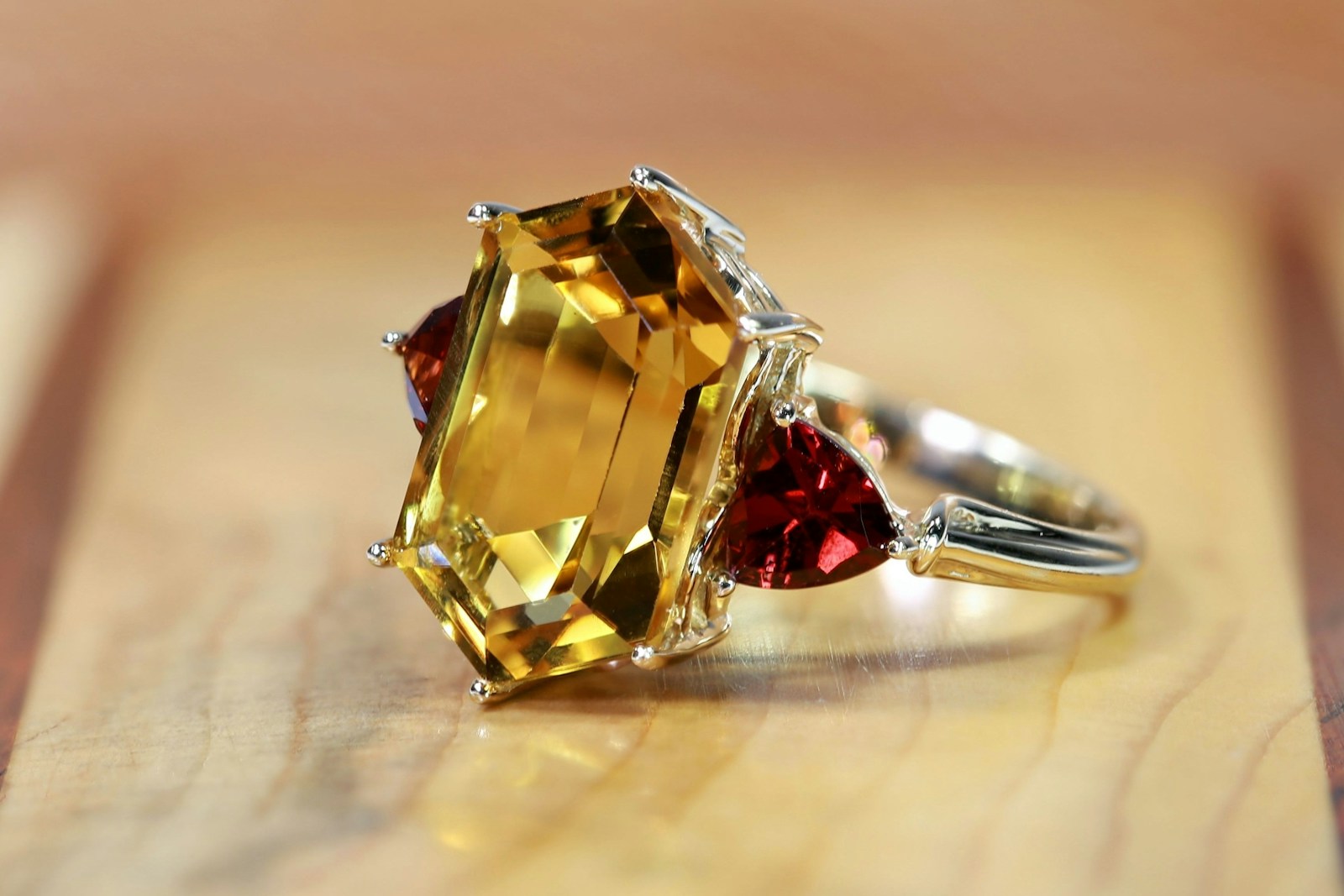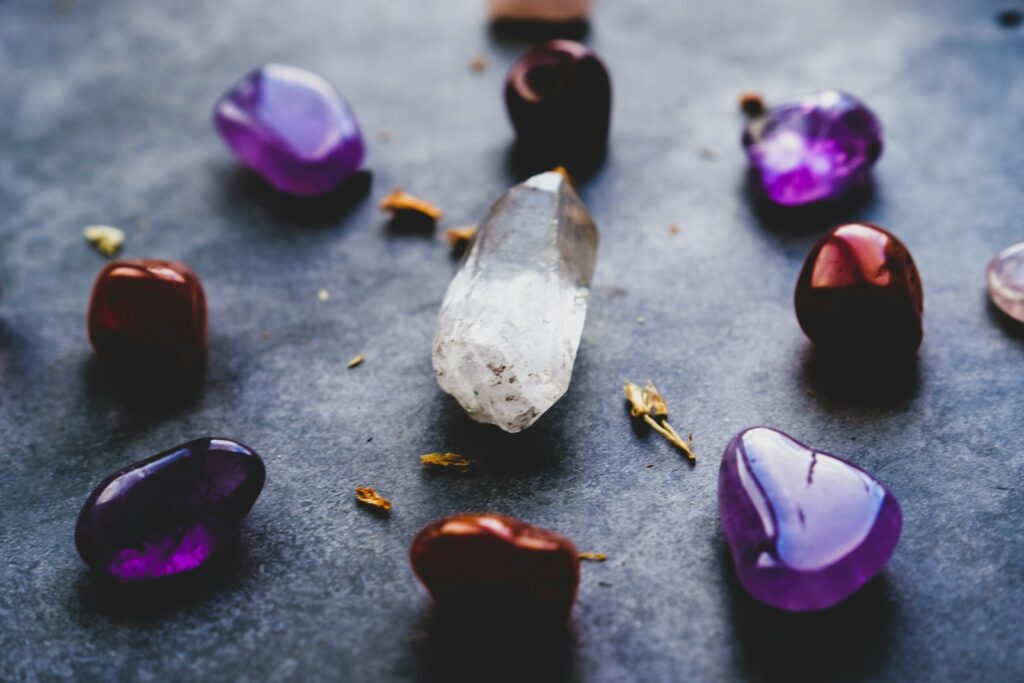
From ancient crowns to modern-day heirlooms, gemstones have captivated humanity for millennia. Their dazzling beauty and inherent rarity have always made them symbols of wealth, power, and prestige. Beyond their aesthetic appeal, there’s a fascinating world of scientific marvels and historical significance embedded within each brilliant stone. These natural wonders, found globally, hold stories waiting to be discovered.
While often admired for their ornamental purpose, serving as stunning adornments, there’s an intriguing additional dimension to their allure. Many proponents of energy medicine value gemstones for their alleged healing powers, adding another layer to their perceived importance. Join us on a deep dive into the captivating universe of gemstones, exploring what makes them unique, how they are classified, and the meticulous processes that transform them from raw mineral crystals into the cherished jewels we admire.

1. **What is a Gemstone?**: At its core, a gemstone, also known as a fine gem, jewel, or simply a gem, is a piece of mineral crystal. Once carefully cut and polished, it’s transformed into something special, used primarily for jewelry or other exquisite adornments. This definition extends beyond just mineral crystals; it encompasses remarkable rocks like lapis lazuli, opal, and obsidian, which are also frequently fashioned into jewelry due to their inherent beauty and unique properties. Even some organic materials, not strictly minerals, like amber, jet, and pearls, earn the title of gemstones because of their use in adornment.
While most gemstones are known for their remarkable hardness, exceptions exist. Softer minerals such as brazilianite can be used in jewelry due to their exceptional color or luster, despite generally being avoided for their brittleness and lack of durability. The global colored gemstone industry, excluding diamonds, was valued at US$1.55 billion in 2023, with projections for robust growth to $4.46 billion by 2033. This highlights the enduring worldwide appeal and demand for these natural wonders. The creation and study of these magnificent stones involve specialized professionals, including gemologists (experts), lapidarists or gemcutters (makers), and diamantaire (diamond cutters).
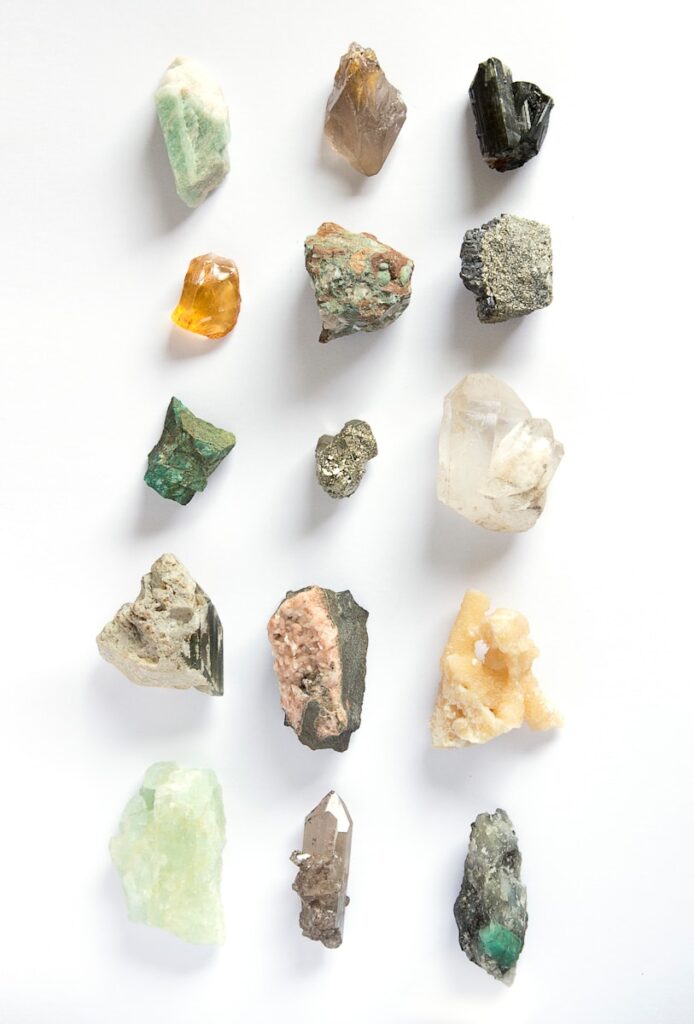
2. **The Traditional Divide: Precious vs. Semi-Precious**: The way we categorize gemstones has deep historical roots, stemming from the ancient Greeks. This traditional Western classification distinguishes between “precious” and “semi-precious” stones, a division mirrored in other cultures. In modern usage, the precious stones are traditionally emerald, ruby, sapphire, and diamond, with all others being semi-precious. This historical division reflected their rarity in ancient times and their exceptional qualities: all are translucent, exhibit fine color (except colorless diamond), and are remarkably hard, scoring 8 to 10 on the Mohs scale.
Other stones were typically classified by their color, translucency, and hardness. This traditional distinction, however, doesn’t always align with modern market values. For example, a green garnet called tsavorite can be far more valuable than a mid-quality emerald, demonstrating that specific characteristics can defy traditional labels. The term “hardstone” is another traditional designation for semi-precious gemstones used in art history. While “precious” and “semi-precious” can be misleading commercially by suggesting fixed value, they broadly indicate desirability. Today, the gemstone trade often avoids this strict distinction, as many gemstones, depending on designer brand, fashion trends, and supply, are used in even the most expensive jewelry. Nevertheless, diamonds, rubies, sapphires, and emeralds still maintain a reputation that exceeds other gemstones.
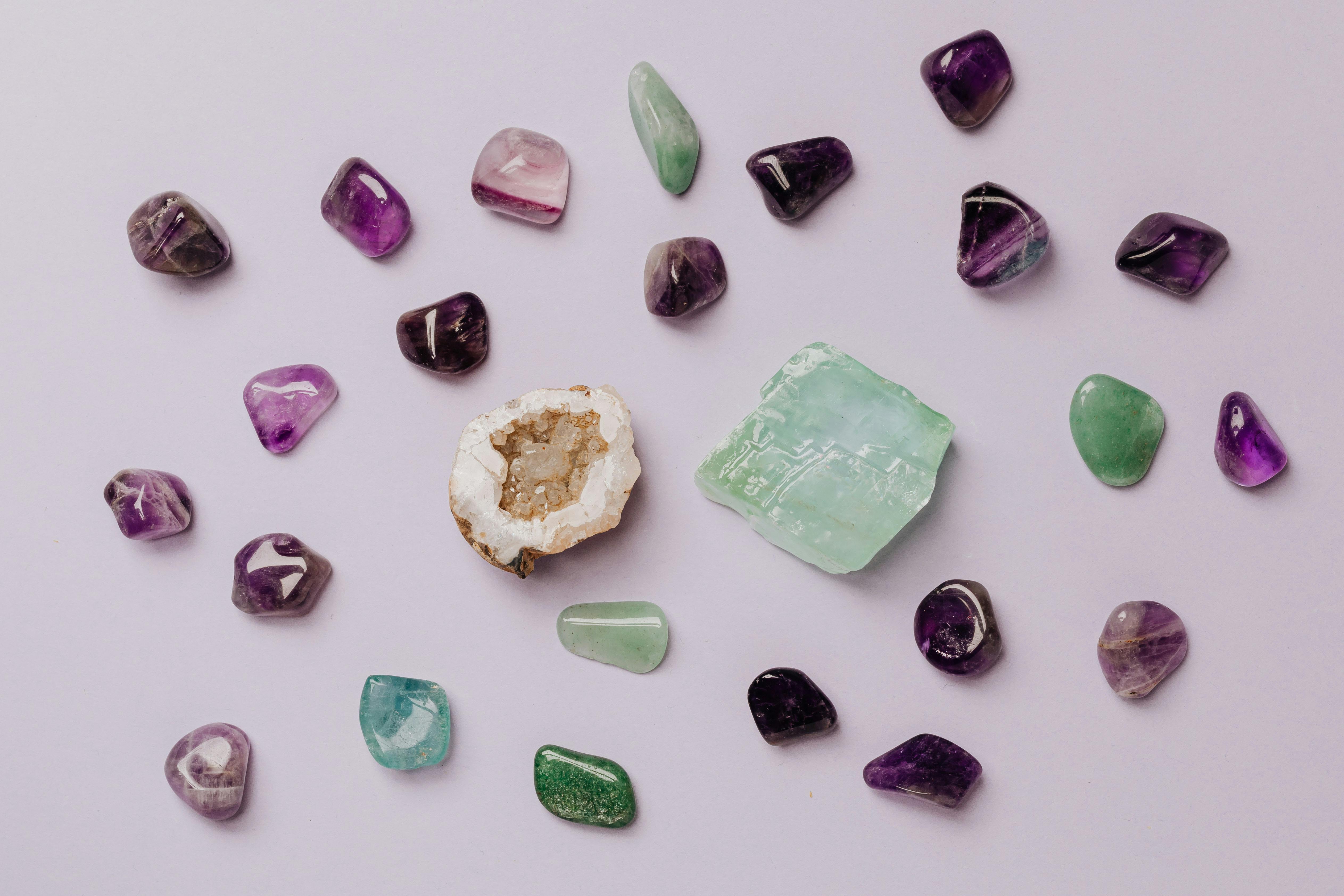
3. **The Gemologist’s Toolkit: Modern Identification**: Today, the precise identification of gemstones is the domain of highly skilled gemologists. These experts use specialized technical terminology to meticulously describe gems and pinpoint their distinctive characteristics. The first crucial criterion a gemologist examines for identification is a gemstone’s chemical composition, revealing its elemental building blocks. For instance, diamonds are pure carbon (C), while sapphires and rubies are composed of aluminum oxide (Al2O3). Many gems naturally form as crystals, and gemologists classify them by their specific crystal system, such as cubic, trigonal, or monoclinic.
Another important term is “habit,” which refers to the typical form in which a particular gem is naturally discovered. Diamonds, for example, which have a cubic crystal system, are often found as octahedrons. Beyond basic composition, gemstones are meticulously categorized into different groups, species, and varieties. This hierarchical classification precisely defines the relationships between various stones. Ruby, for example, is specifically the red variety of the species corundum, while any other color of corundum is considered sapphire. Similarly, the beryl species includes emerald (green), aquamarine (blue), red beryl (red), goshenite (colorless), heliodor (yellow), and morganite (pink), showcasing incredible diversity within a single mineral species.

4. **Unpacking Gemstone Characteristics**: Gems are distinguished by a captivating array of characteristics, each contributing to their unique beauty and identity. Color is paramount, defined by its hue, tone, and saturation. Beyond color, optical phenomena play a crucial role, including effects like asterism (star-like pattern) or chatoyancy (cat’s eye effect). The luster of a gem, describing how light interacts with its surface, is another key feature, alongside more technical properties such as its refractive index, which measures how light bends as it passes through the stone.
Additional optical wonders might include birefringence (light splitting into two rays) or dispersion (separating white light into rainbow colors). Specific gravity and physical properties like hardness (resistance to scratching), cleavage, and fracture also contribute to a gem’s profile. Some gems can display pleochroism, appearing in different colors from various angles, or double refraction, creating a double image. Luminescence, the emission of light not caused by heat, and a distinctive absorption spectrum further aid identification. An interesting, traditional grading concept is a gem’s “water,” assessing its luster, transparency, or “brilliance.” Exceptionally transparent gems are “first water,” while lesser transparency earns “second” or “third water” status. Inclusions, material or flaws within a stone, can also reveal its natural formation and unique character.
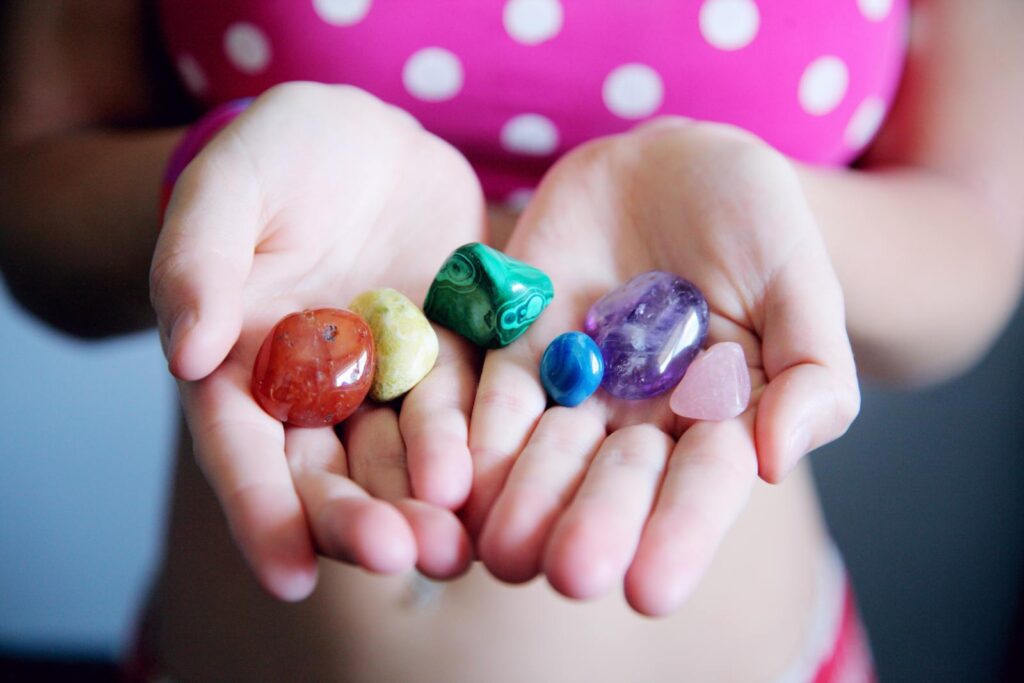
5. **The Art of Valuation: What Makes a Gem Valuable?**: Valuing gemstones is a complex art, as there isn’t one universally accepted grading system. For diamonds, the Gemological Institute of America (GIA) developed a system in the 1950s, notably introducing 10x magnification as the standard for clarity grading. Historically, all gemstones were graded visually. The widely known “four Cs” – color, cut, clarity, and carats – help describe factors for diamond grading, and with modifications, are useful for all gemstones, though their weights differ.
In colorless diamonds, the cut is the primary determinant of value, followed by clarity and color. An ideally cut diamond maximizes sparkle, breaking light into rainbow colors (dispersion), creating bright flashes (scintillation), and returning light to the eye (brilliance). A rough diamond needs proper fashioning, the “cut,” to achieve these effects. For colored gemstones, including colored diamonds, the purity and beauty of their color are the primary determinants of quality. Other physical characteristics enhancing value include clarity (though emeralds will always have inclusions), cut, and unusual optical phenomena like color zoning and asteria.
Beyond diamonds, rubies, sapphires, and emeralds, pearls and opal have been considered precious. Amethyst was once “precious” until 19th-century discoveries. Stones like aquamarine, peridot, and cat’s eye gained precious status due to popularity, showing rarity influences value. Today, the trade often avoids strict “precious” vs. “semi-precious” distinctions, as many gems feature in expensive jewelry based on designer, trends, supply, and treatments. Diamonds, rubies, sapphires, and emeralds retain their exceptional reputation. Gemstone pricing is governed by clarity, rarity, freedom from defects, beauty, and demand. Colored stones are supply-and-demand driven, while diamond pricing is more intricate.

6. **Cutting Edge: The Craft of Cabochons and Facets**: While some exceptional gemstones are appreciated in their natural crystal forms, most undergo meticulous cutting and polishing for use in jewelry. This transformative process primarily involves two classifications, each designed to highlight different aspects of a stone’s beauty. The first is shaping stones into smooth, dome-shaped forms called cabochons, or “cabs.” This ancient and popular style offers aesthetic appeal and greater durability than faceted gems. Opaque or semi-opaque gems like opal, turquoise, and variscite are commonly cut as cabochons, designed to showcase their color, luster, and surface properties rather than internal brilliance. Grinding wheels and polishing agents are used to achieve their smooth dome.
Transparent gems, conversely, are typically faceted. This method expertly shows the stone’s interior optical properties, maximizing reflected light perceived as sparkle. Numerous shapes exist for faceted stones. Crucially, facets must be cut at precise angles, varying with each gem’s optical properties. If angles are too steep or shallow, light passes through instead of reflecting back, diminishing brilliance. A specialized faceting machine is essential, holding the stone onto a flat lap for precise cutting and polishing of each flat facet. Rarely, master cutters use special curved laps for curved facets, pushing the boundaries of traditional gem cutting.
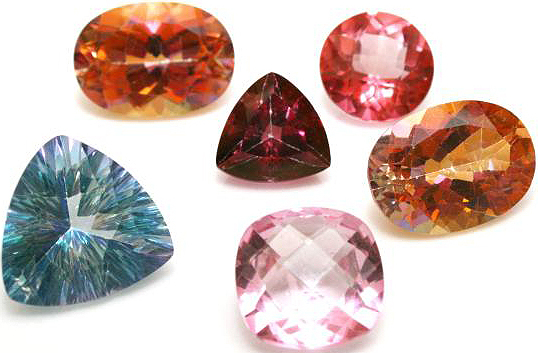
7. **The Spectrum of Color: How Gems Get Their Hues**: The vibrant color of any material, including gemstones, is a direct result of the nature of light. Daylight, or white light, combines all colors in the spectrum. When light strikes a material, most colors are absorbed, while a specific frequency or wavelength is reflected, which is the color we perceive. A ruby appears red because it absorbs all other white light colors, uniquely reflecting red wavelengths.
Intriguingly, materials with nearly identical compositions can exhibit vastly different colors. Ruby and sapphire, both corundum, display distinct hues due to minute impurities within their atomic structures that absorb and reflect different wavelengths. Even a single named gemstone can appear in many colors; sapphires range from blue to pink, and “fancy sapphires” show hues from yellow to the prized orange-pink “padparadscha sapphire.
This color diversity links to the stone’s atomic structure. Although stones formally share composition, they aren’t identical. Occasionally, one in a million atoms is replaced by a different element. These subtle “impurities” absorb certain colors, leaving others visible. For example, colorless beryl becomes green emerald with chromium impurities. Adding manganese makes beryl pink morganite, and iron yields blue aquamarine. This scientific understanding is leveraged in some gemstone treatments, manipulating impurities to alter or enhance color.
Having journeyed through the fundamental marvels of gemstones – from their inherent sparkle to the meticulous ways we classify and cut them – it’s time to delve deeper into their transformative world. What happens when human ingenuity seeks to enhance nature’s masterpieces, or even replicate them in a lab? And what hidden stories, both magnificent and challenging, lie beneath their dazzling surfaces? Let’s peel back the layers and uncover the fascinating realm of gemstone treatments, the cutting-edge science of synthetic creation, and the unique allure of some truly extraordinary natural treasures.
8. **Transforming Gems: An Introduction to Treatments**: Gemstones are, in many instances, subjected to various treatments designed to enhance their natural beauty, primarily improving their color or clarity. Beyond mere aesthetics, some treatments can even bolster a stone’s durability, making it more resilient for everyday wear. While traditional methods like cutting and polishing already transform a raw mineral into a glistening jewel, these additional processes allow for even greater refinement of a gem’s appearance.
The specific type and extent of treatment can significantly influence a gemstone’s overall value. Some enhancement techniques are widely accepted and commonly practiced within the industry because they result in a stable and lasting improvement to the gem. However, others are less universally embraced, often due to concerns about the stability of the altered color, which might, over time, revert to its original tone, diminishing its appeal and value.

9. **Beyond Nature’s Touch: Synthetic Gems Emerge**: It’s important to understand the crucial distinction between synthetic gemstones and imitation or simulated gems. Synthetic gems are, fundamentally, identical to their natural counterparts in terms of their physical, optical, and chemical properties; the only difference is that they are meticulously created in a laboratory environment. Imitation or simulated stones, on the other hand, are chemically distinct from the natural stone they mimic, despite often appearing quite similar. These simulants can be easily manufactured from a different mineral, glass, plastic, resins, or other compounds.
Examples of common simulated or imitation stones include cubic zirconia, which is composed of zirconium oxide, and synthetic moissanite, both widely used as diamond simulants. Uncolored, synthetic corundum or spinels are also employed for this purpose. While these simulants effectively imitate the look and color of the real stone, they do not possess its inherent chemical or physical characteristics. Generally, they are less hard than diamonds, though moissanite notably has a higher refractive index than diamond, meaning it exhibits more “fire” or sparkle when compared to an equivalently sized and cut diamond.
Cultured, synthetic, or “lab-created” gemstones are not mere imitations; they are the genuine article, grown under controlled conditions. The bulk mineral composition and the trace coloring elements are precisely the same as those found in naturally occurring stones. For instance, diamonds, rubies, sapphires, and emeralds have all been successfully manufactured in laboratories, possessing chemical and physical characteristics identical to their natural varieties. While small synthetic diamonds have long been produced in vast quantities for industrial abrasives, larger, gem-quality synthetic diamonds of multiple carats are becoming increasingly available on the market.
Whether a gemstone originates from the earth or a laboratory, its chemical, physical, and optical characteristics remain the same. They are composed of the same mineral, derive their color from the same trace materials, possess identical hardness, density, and strength, and exhibit the same color spectrum, refractive index, and birefringence (if applicable). Interestingly, lab-created stones often display a more vivid color profile because they are free from the common impurities that naturally occur in mined stones and can sometimes reduce clarity or vibrancy. Conversely, unless intentionally added to create a more natural, drab appearance or to deceive an assayer, synthetics typically lack these natural inclusions. However, synthetics can also exhibit unique flaws not seen in natural stones, such as minute particles of corroded metal originating from the lab trays used during their synthesis, offering a telltale sign for gemologists. Undetectable synthetics pose a significant challenge to the market if they are fraudulently sold as rare natural gemstones, underscoring the importance of expert identification.
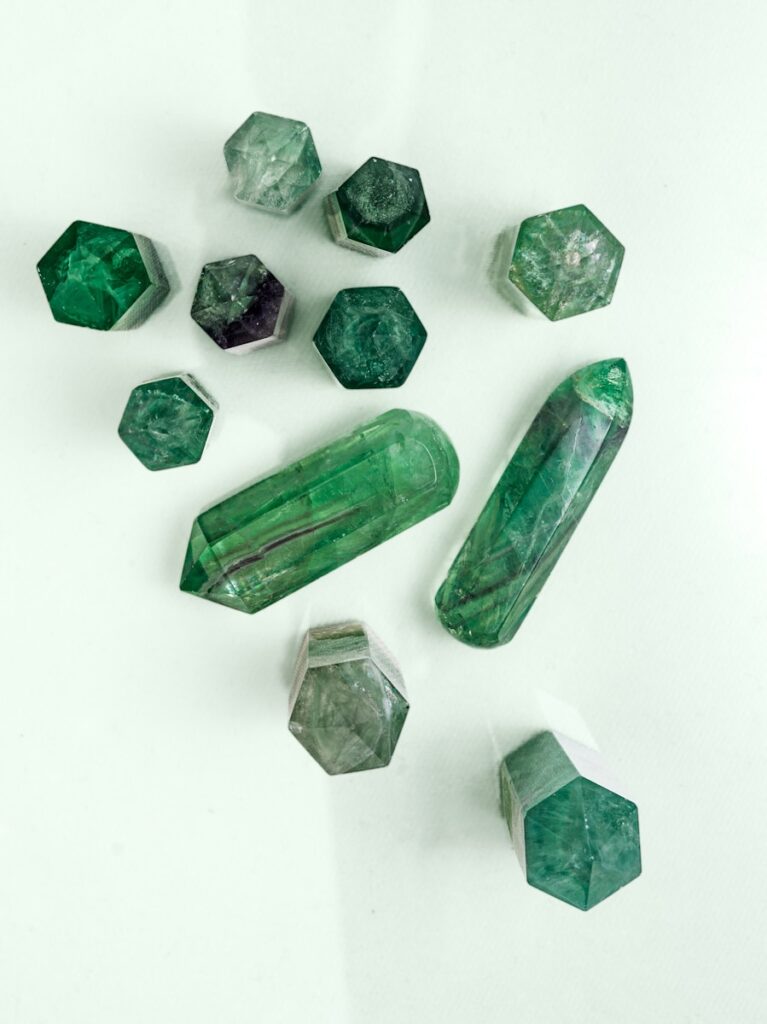
10. **Crafting Crystals: The Science of Lab-Grown Gems**: While the science of gem synthesis has advanced remarkably, not all natural stones are commercially viable to replicate in a laboratory. The most commonly synthesized gemstones currently available on the market include corundum (ruby and sapphire), beryls (like emerald), quartz (such as citrine and amethyst), and spinel. Synthetic corundum, encompassing both ruby (the red variation) and sapphire (other color variations), holds high desire and value. Ruby was notably the very first gemstone to be synthesized by Auguste Verneuil in 1902, with his groundbreaking development of the flame-fusion process. Today, synthetic corundum is still primarily produced using flame-fusion due to its cost-effectiveness, though flux growth and hydrothermal growth methods are also employed.
The most frequently synthesized beryl is emerald, famed for its lush green. While yellow, red, and blue beryls are also technically possible to synthesize, they remain much rarer in lab-grown forms. The development of the flux growth process marked a pivotal moment, making synthetic emeralds commercially feasible, and this method, along with hydrothermal growth, is currently used for their production. Synthetic quartz, including varieties like citrine, rose quartz, and amethyst, is also produced, not just for aesthetic purposes, but also for practical applications. Natural quartz, while not rare, is synthesized because it possesses a unique property: it generates an electric current under pressure, making it invaluable in watches, clocks, and oscillators. Synthetic spinel, first discovered by accident, can be created in virtually any color, making it a popular choice for simulating a wide range of natural gemstones. It is produced through both flux growth and hydrothermal growth techniques.
The creation of these lab-grown minerals generally falls into two main categories: melt processes and solution processes. Among the melt processes, the Verneuil flame fusion method was the first to successfully produce large quantities of synthetic gemstones for commercial sale, and it remains the most cost-effective and common technique for creating corundums today. The flame fusion process takes place within a specialized Verneuil furnace, which features an inverted blowpipe burner that generates an intensely hot oxyhydrogen flame. A powder dispenser introduces the chemical powder corresponding to the desired gemstone into this flame. The ingredients melt as they pass through, dropping onto a ceramic pedestal where they solidify into a single crystal, known as a boule. For corundum, the flame must reach a scorching 2000°C. This entire process, taking several hours, yields a crystal with properties identical to its natural counterpart. To produce specific colors of corundum, a pure aluminum powder is used, with various additives: chromic oxide for ruby, iron and titanium oxide for blue sapphire, nickel oxide for yellow sapphire, a blend of nickel, chromium, and iron for orange sapphire, manganese for pink sapphire, copper for blue-green sapphire, and cobalt for dark blue sapphire.

11. **Growing Wonders: Solution-Based Synthesis and Identification**: Moving to the solution processes, the flux growth method was pioneering, as it was the first process capable of successfully synthesizing emeralds. This technique begins with a crucible, typically made of high-heat resistant graphite or platinum, which is filled with a molten liquid called flux. The specific ingredients for the desired gem are then added and dissolved within this fluid. Over time, as the solution cools and conditions become stable, the dissolved ingredients slowly recrystallize to form the desired gemstone. This is a significantly longer process compared to flame fusion, often taking anywhere from two months up to a full year, depending on the targeted final size of the gemstone.
The hydrothermal growth process, another solution-based method, is particularly fascinating because it attempts to mimic the natural growth conditions of minerals deep within the Earth. In this process, the necessary gem materials are sealed within a container of water, which is then placed under extreme pressure. The water is heated far beyond its normal boiling point, creating a supercritical fluid that allows materials that are typically insoluble to dissolve. Since no additional material can be added once the container is sealed, to create a larger gem, the process typically starts with a “seed” stone from a previous batch, which serves as a foundation for the new material to crystallize upon. This highly controlled process generally takes a few weeks to complete, yielding remarkable results.
Despite sharing identical chemical and physical properties with natural gemstones, synthetic gemstones often exhibit slight, yet discernible, differences that gemologists utilize to distinguish them from their natural counterparts. These distinctions are often subtle and typically require the aid of microscopy for precise identification. Each crystal, whether natural or synthetic, bears characteristics unique to the specific environment and growth process under which it was formed. For instance, gemstones created using the flame-fusion process may contain tiny air bubbles trapped within the boule during its formation, or display visible banding patterns from the growth of the boule itself, or even show “chatter marks” on their surface which appear crack-like and are caused by damage during the polishing of the gemstone. Conversely, gemstones produced via the flux melt process might have small cavities filled with the flux solution or contain minute inclusions originating from the crucible used during their creation. Similarly, gemstones formed through hydrothermal growth can also exhibit inclusions derived from the container in which they were grown. These subtle tells are invaluable in a market where undetectable synthetics, if fraudulently presented as rare natural gemstones, could pose a serious threat.
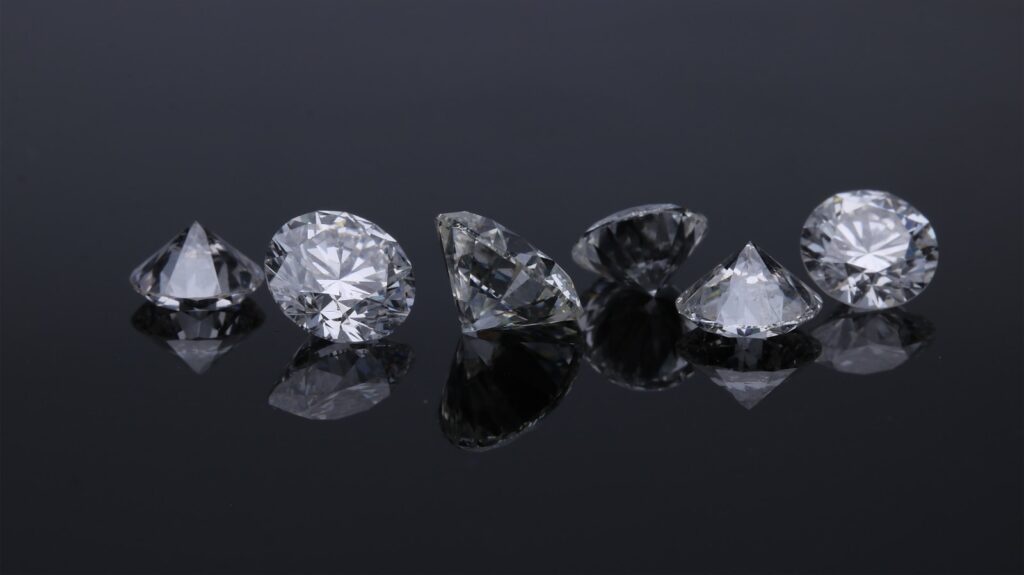
12. **Treasures Beyond Compare: Rare and Rising Stars of the Gem World**: While the market is rich with widely recognized diamonds, rubies, sapphires, and emeralds, the world of gemstones also holds a secret collection of extraordinarily rare specimens, often known only to dedicated connoisseurs. These gems occur so infrequently in gem-quality that they remain largely unfamiliar to the general public. Among these elusive treasures are Painite, discovered in 1956 in Myanmar, which was once considered the rarest mineral on Earth; Hibonite, also discovered in 1956 in Madagascar, with gem quality finds exclusively in Myanmar; and Red Beryl, or bixbite, first found near Beaver, Utah, in 1904.
The list of truly exceptional rarities extends further to include Jeremejevite, discovered in Russia in 1883; Chambersite, unearthed in Texas, USA, in 1957; Taaffeite, found in 1945; Musgravite, from Australia’s Musgrave Mountains in 1967; Grandidierite, discovered in Madagascar in 1902; Poudretteite, from Canada’s Poudrette Quarry in 1965; Serendibite, found in Sri Lanka in 1902; and Zektzerite, identified in Washington, USA, in 1968. Each of these gems carries a unique story of discovery and geological marvel, cementing their status as some of the planet’s most uncommon wonders.
Beyond the extremely rare, some gemstones have rapidly ascended in popularity and value, captivating the market with their unique beauty. Tanzanite, discovered in Northern Tanzania in 1967, is a prime example; with its supply potentially dwindling within the next three decades, it is now considered even rarer than a diamond. This stunning gemstone typically achieves its vibrant blue-purple hue through strategic heating. Another highly prized stone is Black Opal, directly mined in New South Wales, Australia, making it the rarest variety of opal. Its darker body tone allows for an incredible play of color across its surface, presenting a kaleidoscope of hues. A more recent sensation is Cuprian Elbaite Tourmaline, popularly known as “Paraiba Tourmaline,” first discovered in the late 1980s in Paraíba, Brazil, and later in Mozambique and Nigeria. It has rapidly become one of the most sought-after gemstones due to its distinctive glowing neon blue color and is now regarded by Gübelin Gemlab as one of the most important gemstones after rubies, emeralds, and sapphires, commanding some of the highest prices despite being a tourmaline. These gems, whether historically rare or newly popular, highlight the ever-evolving landscape of the gem world, where natural wonder, scientific innovation, and market demand intertwine to define true value and captivation.

